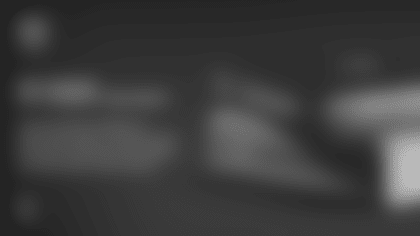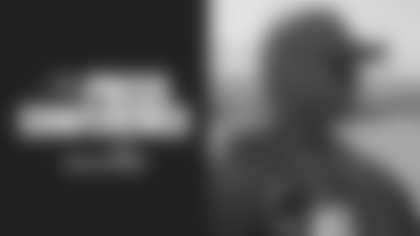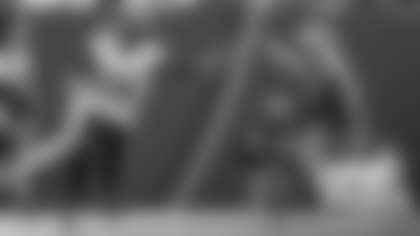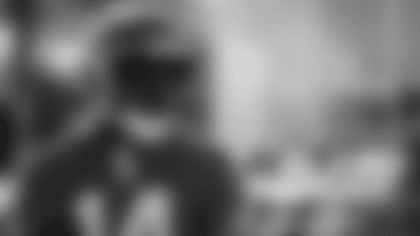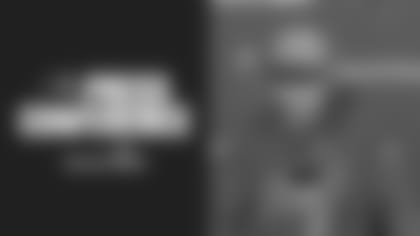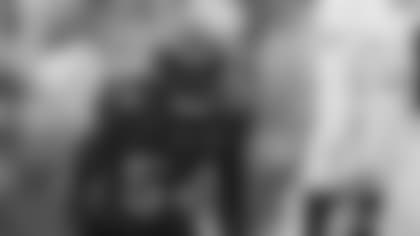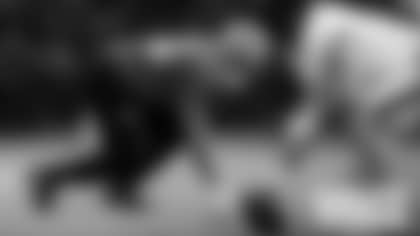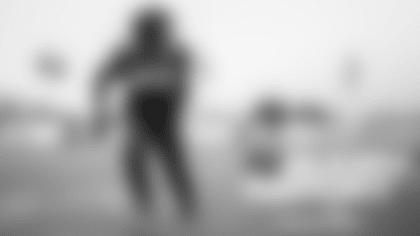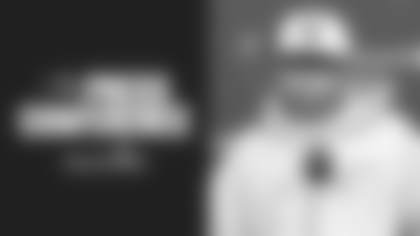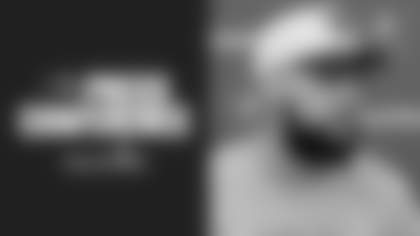A gallary of the top 25 ranked offensive tackle prospects for the 2015 NFL draft.
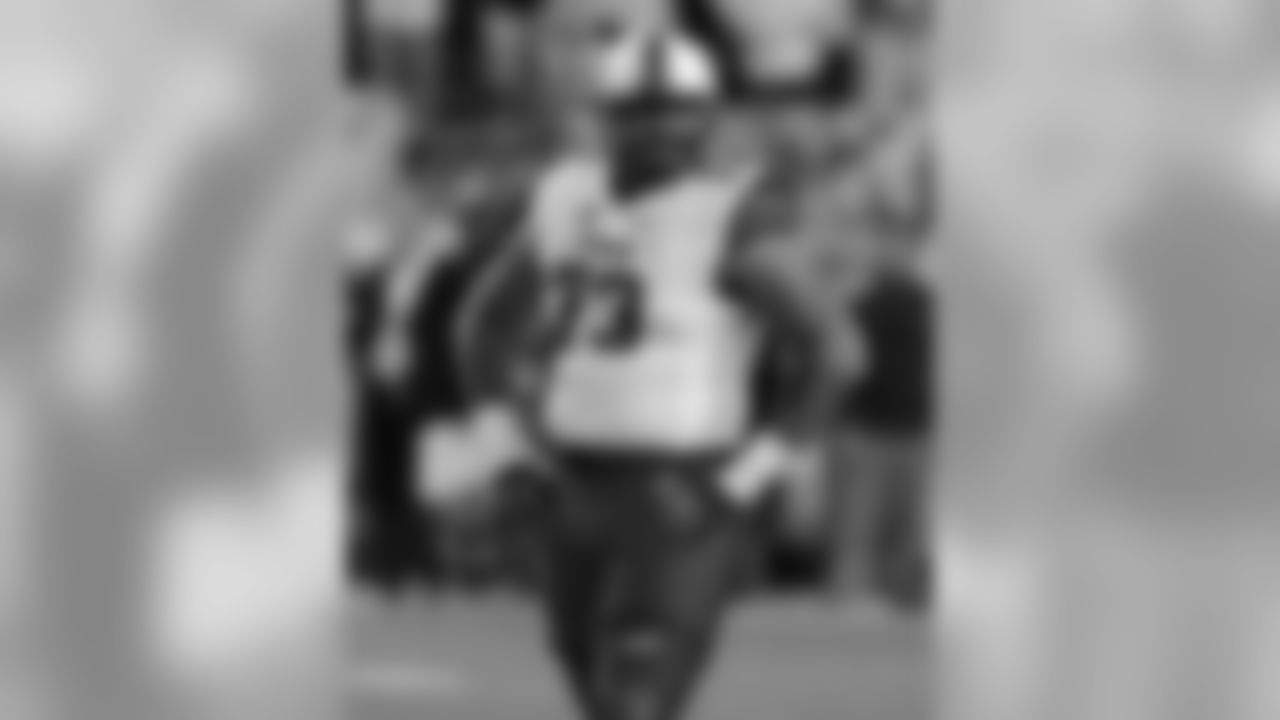
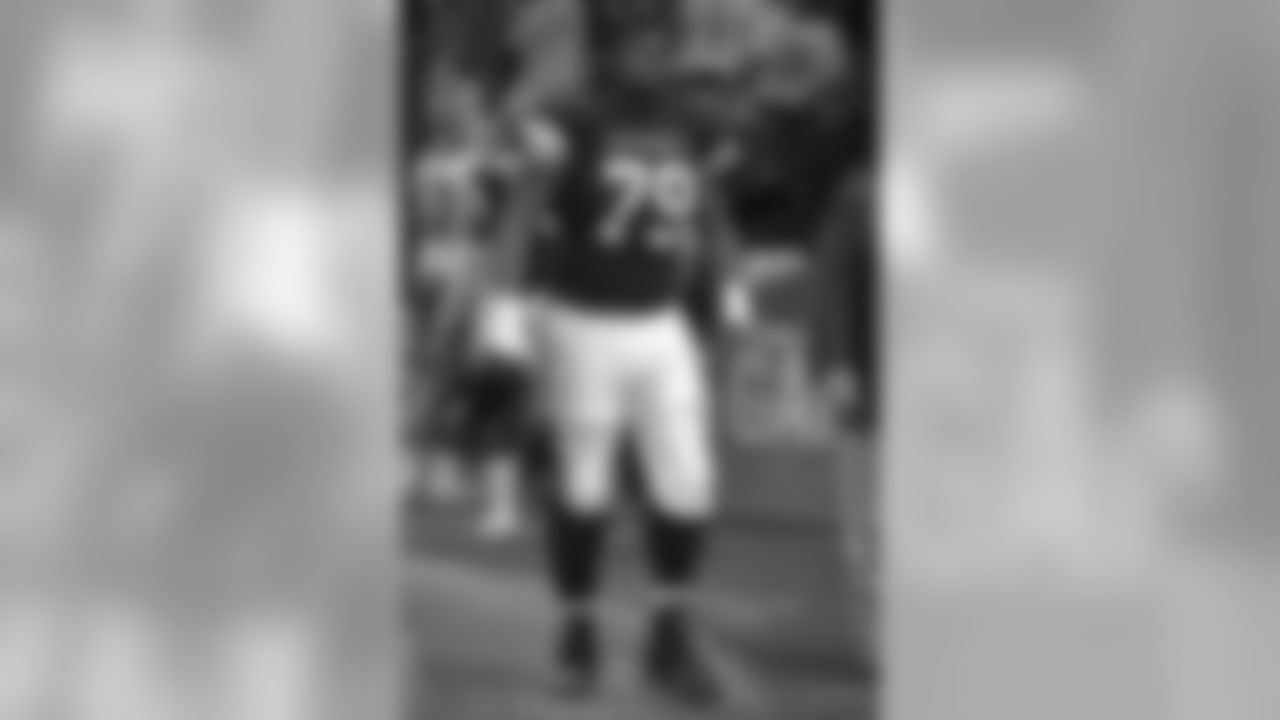
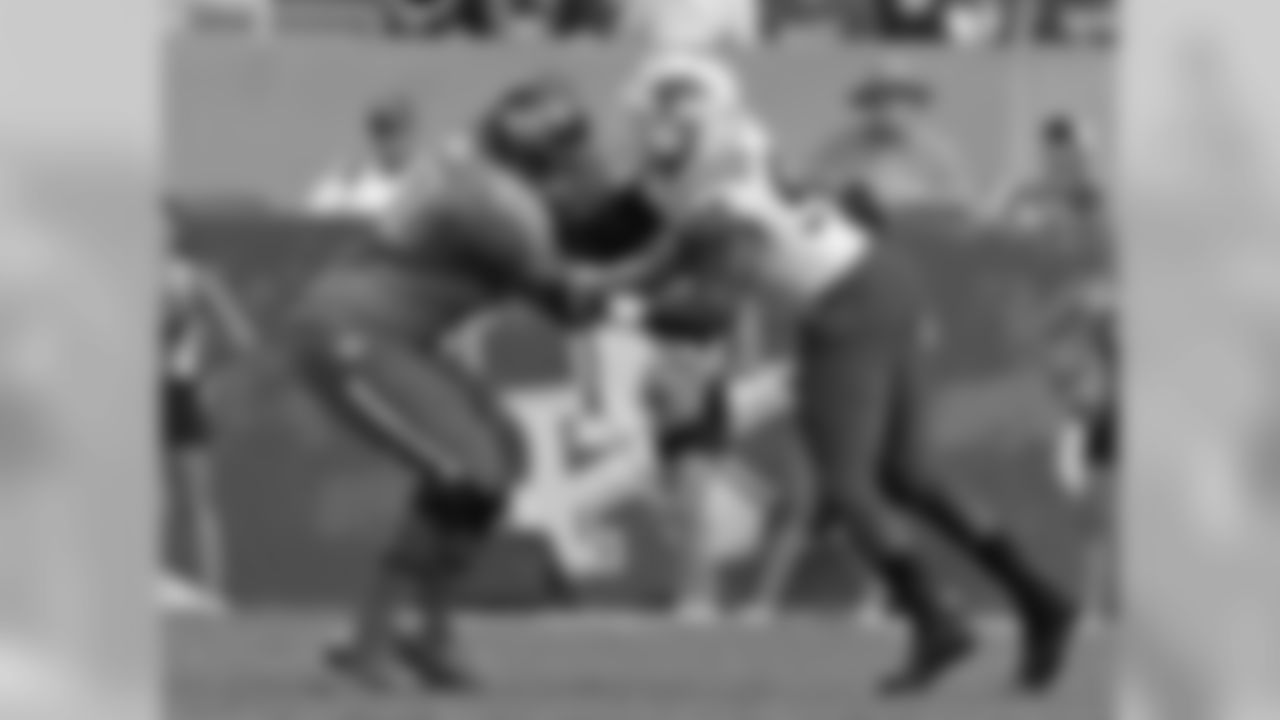
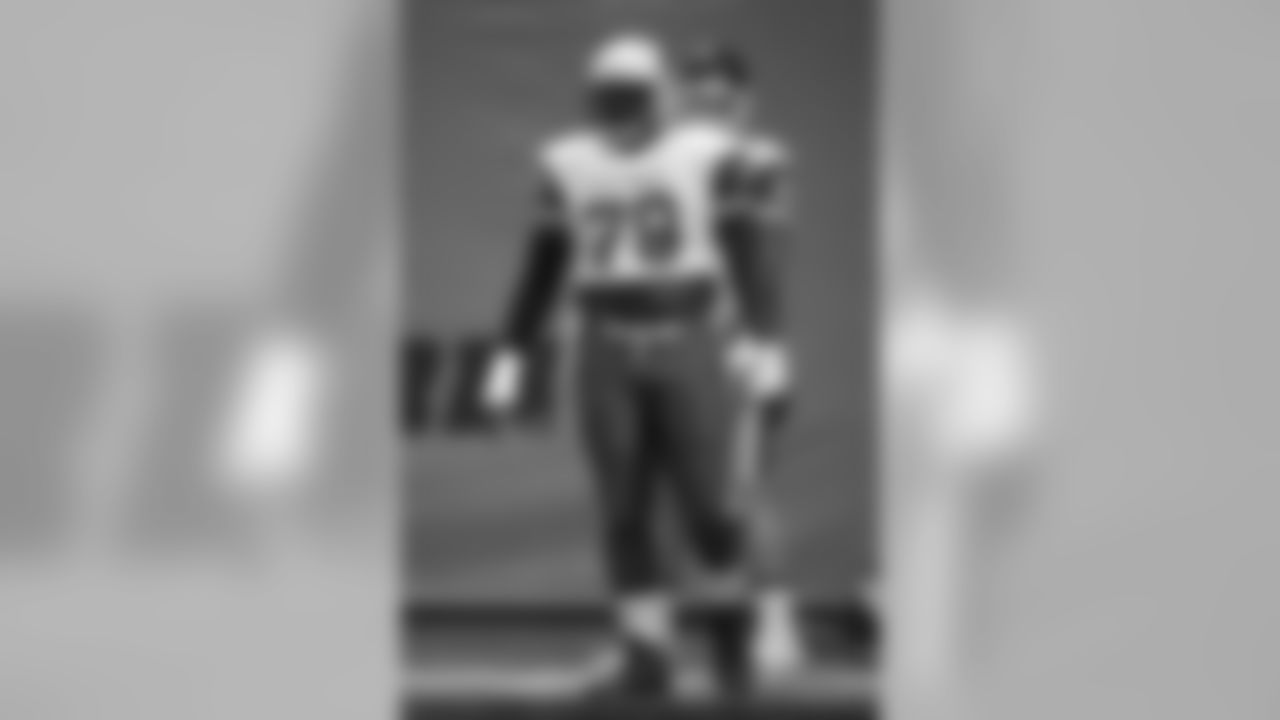
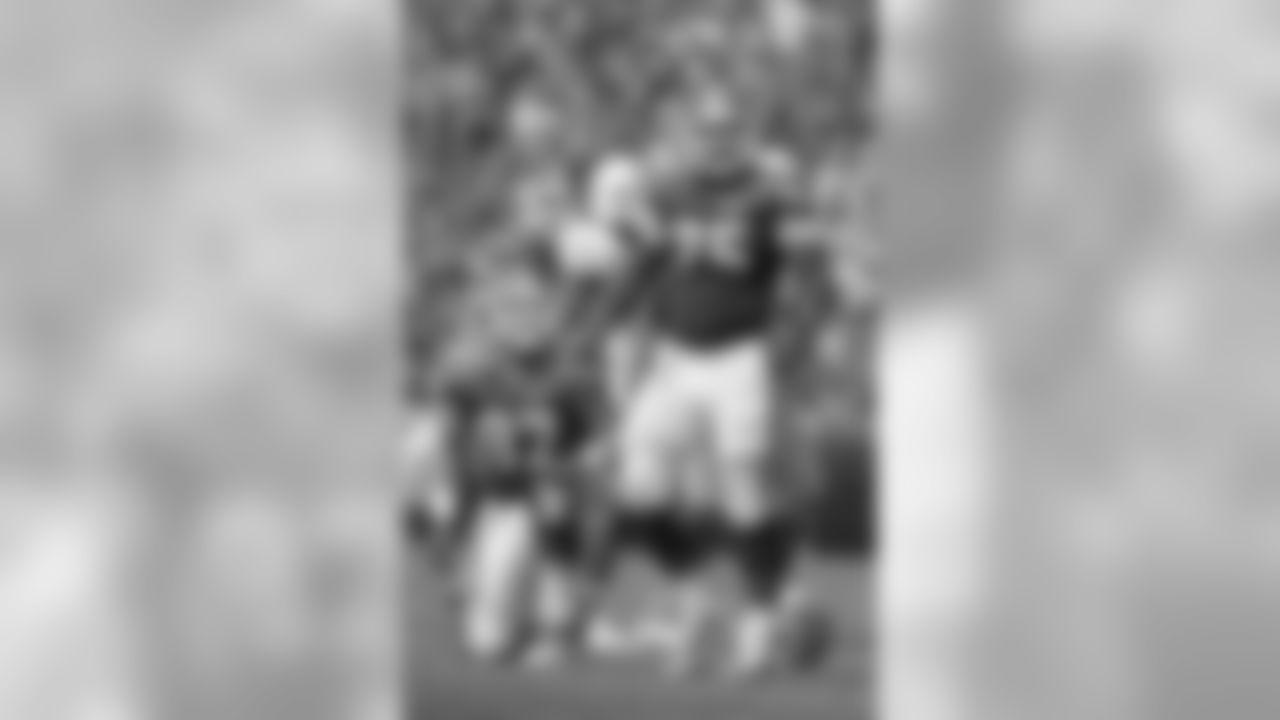
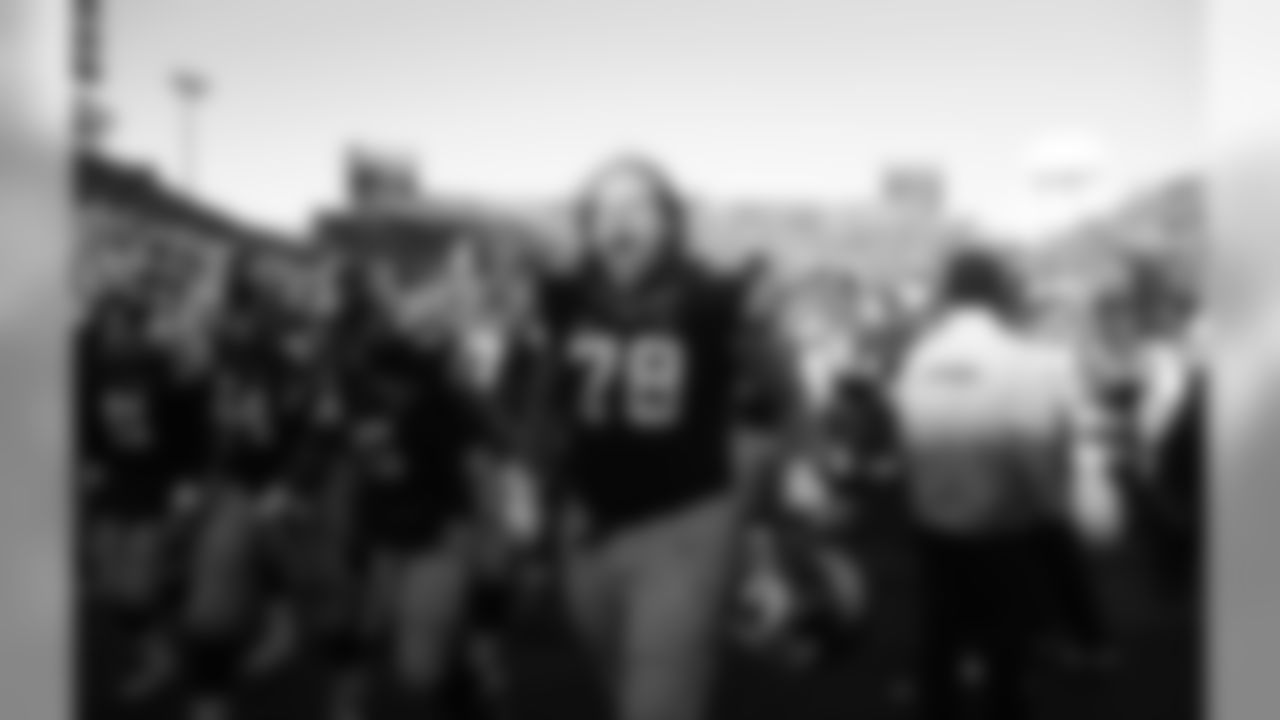
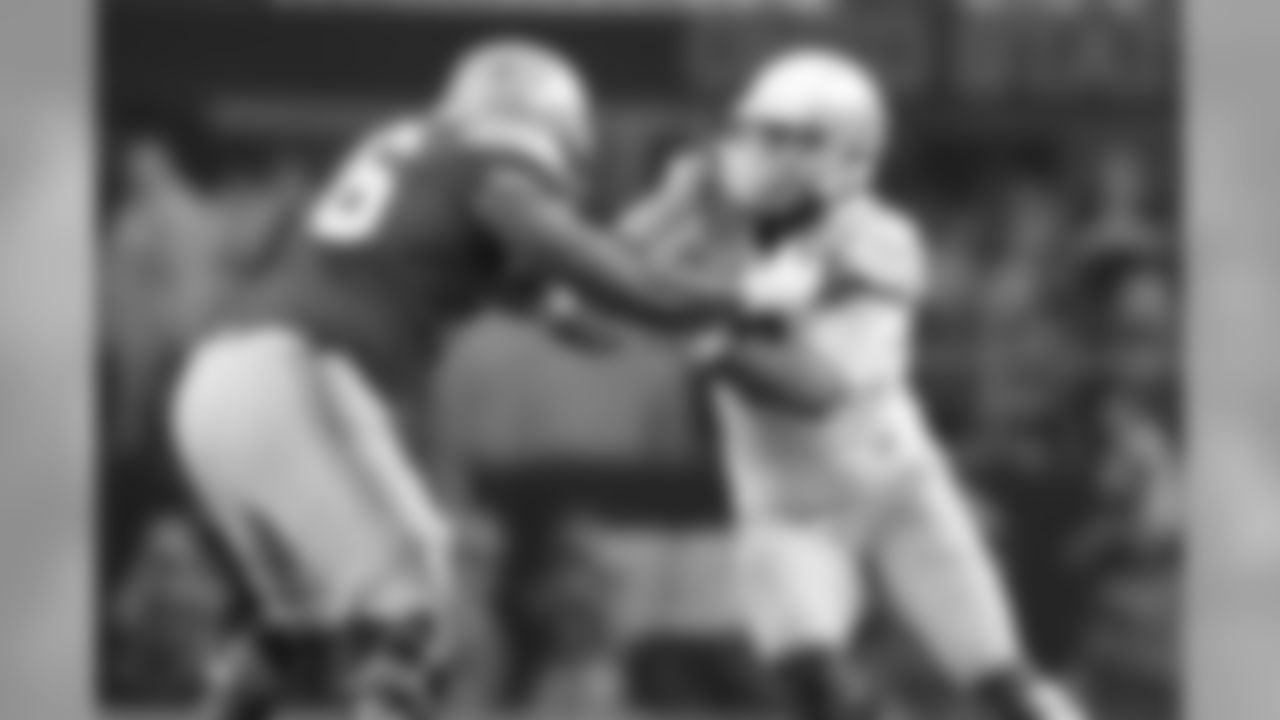
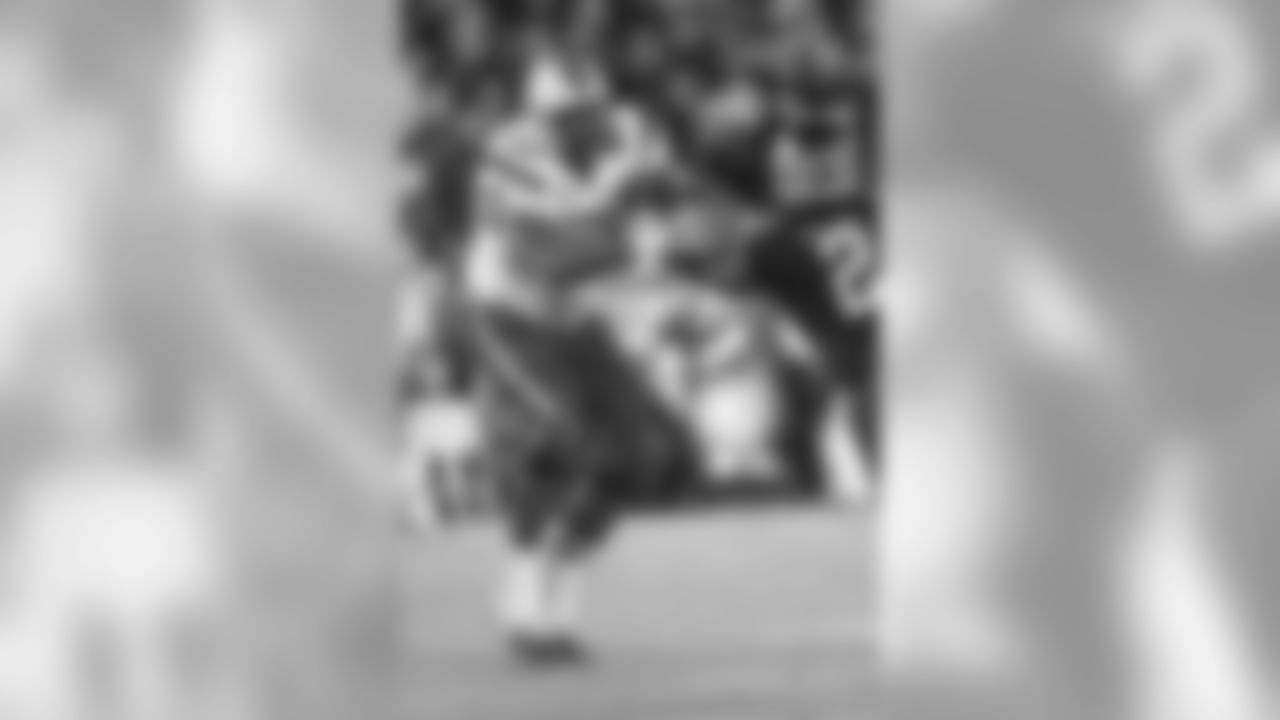
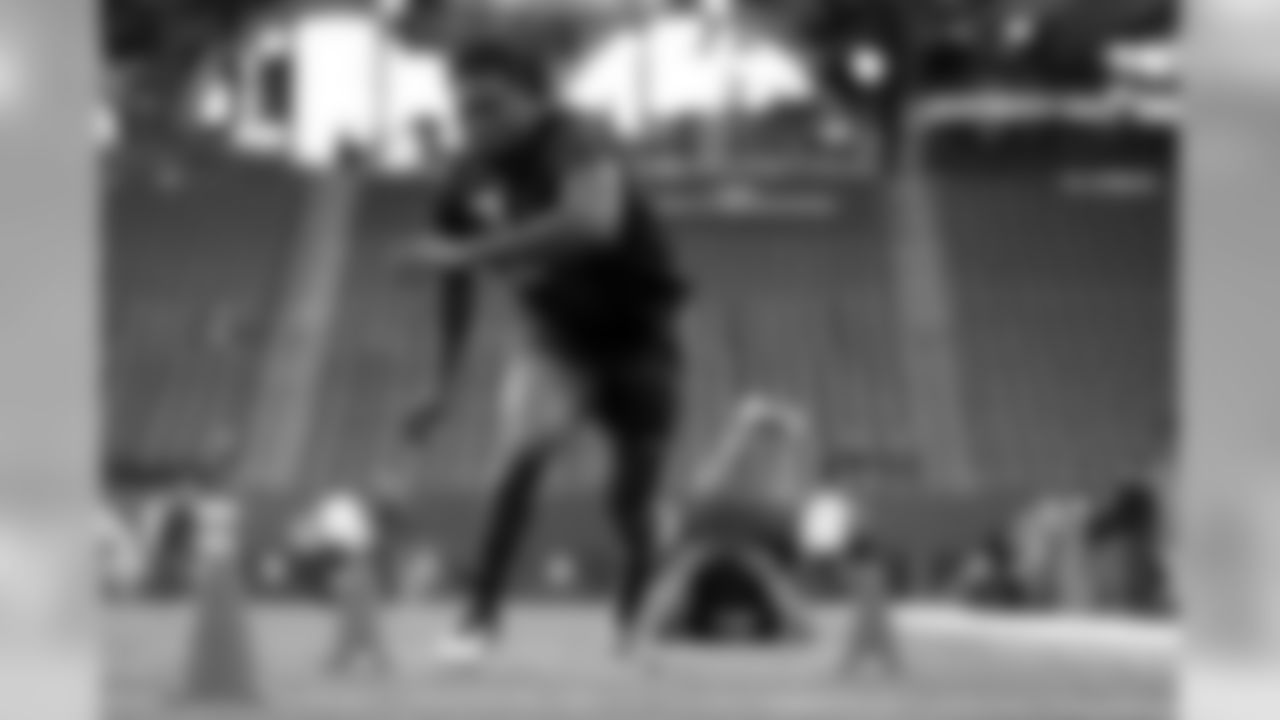
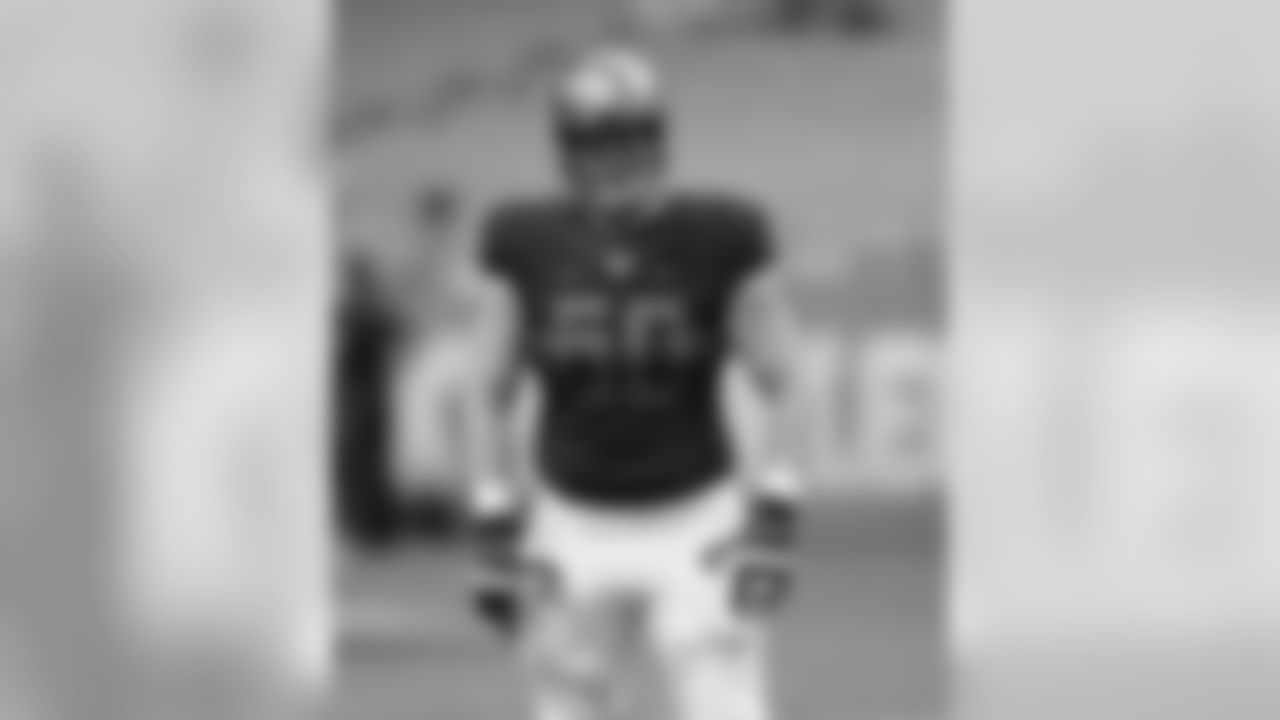
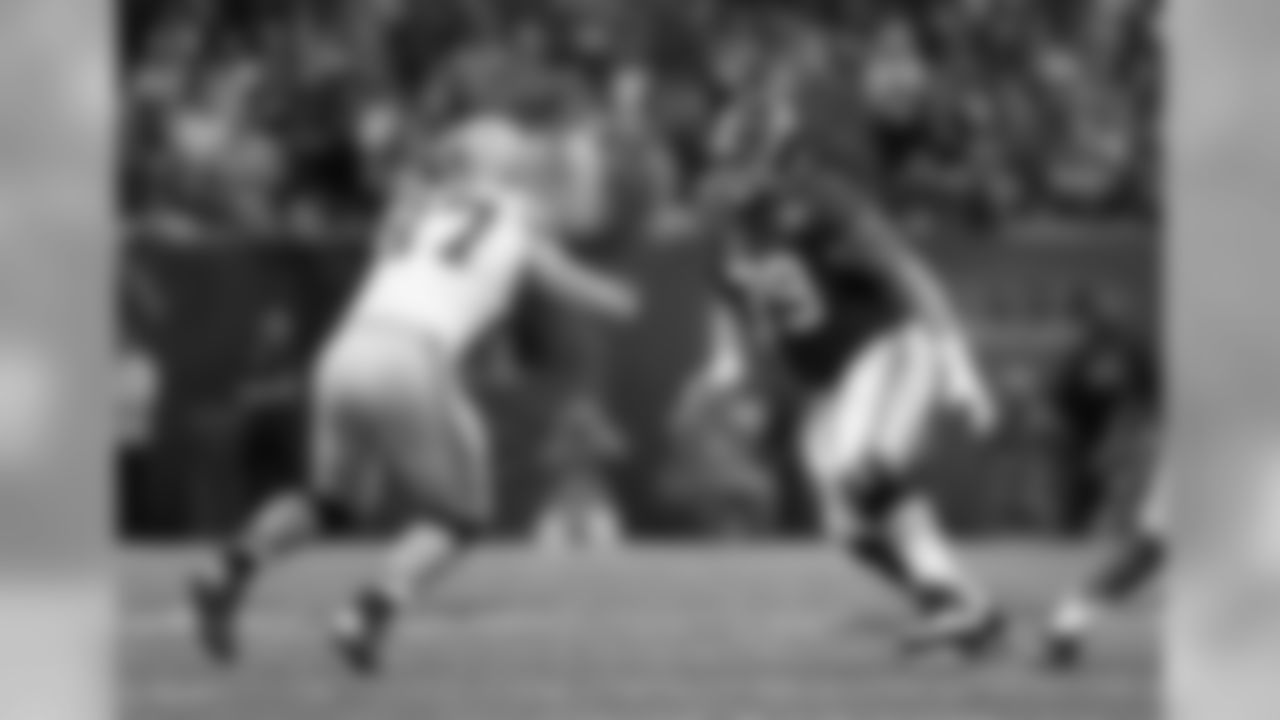
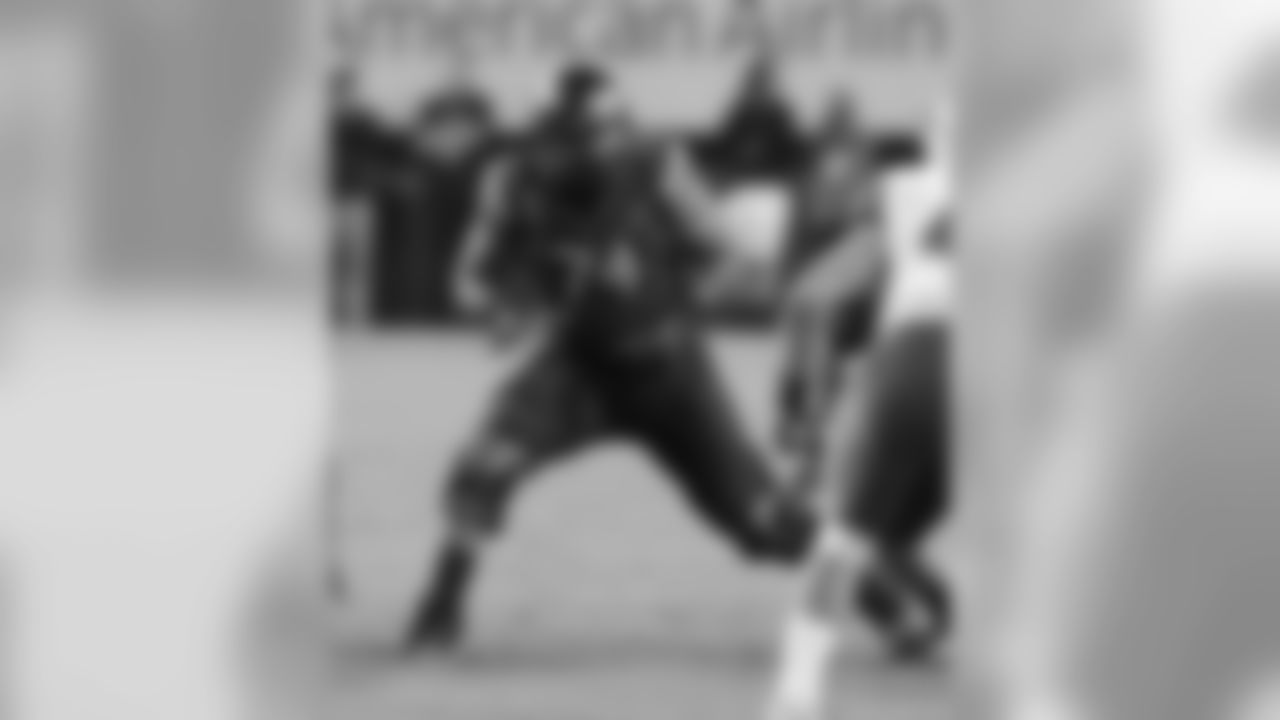
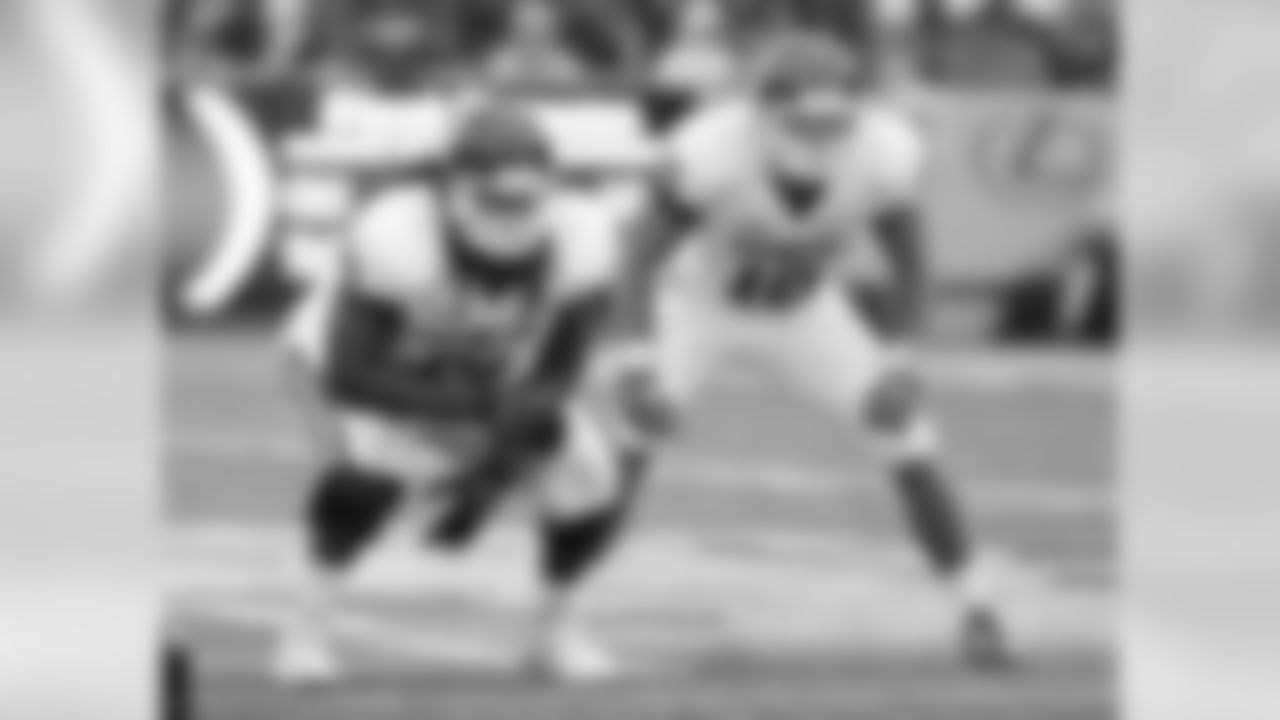
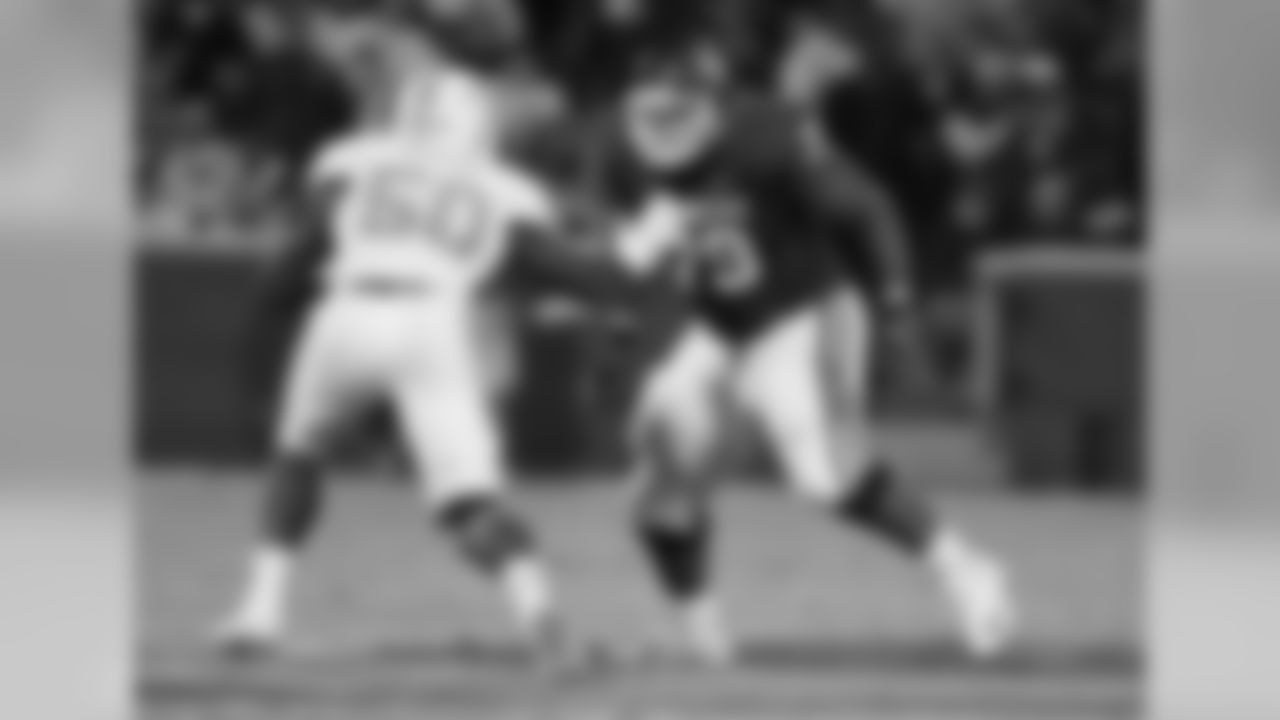
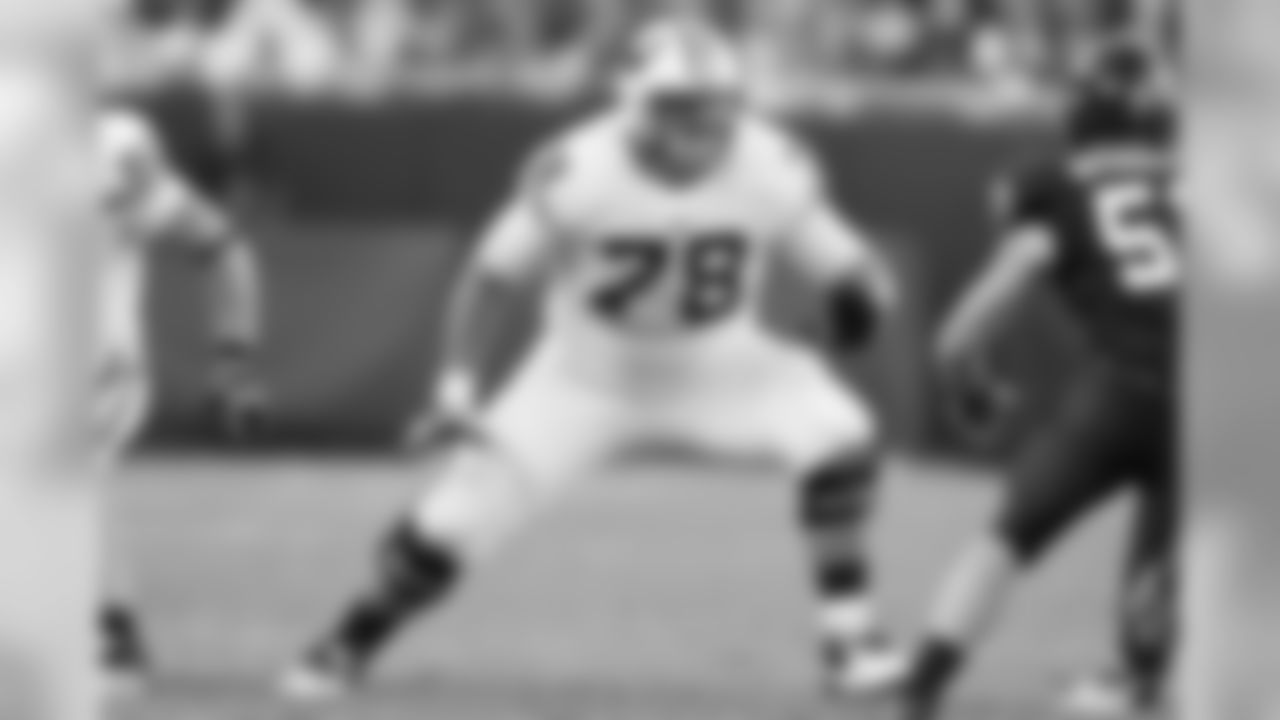
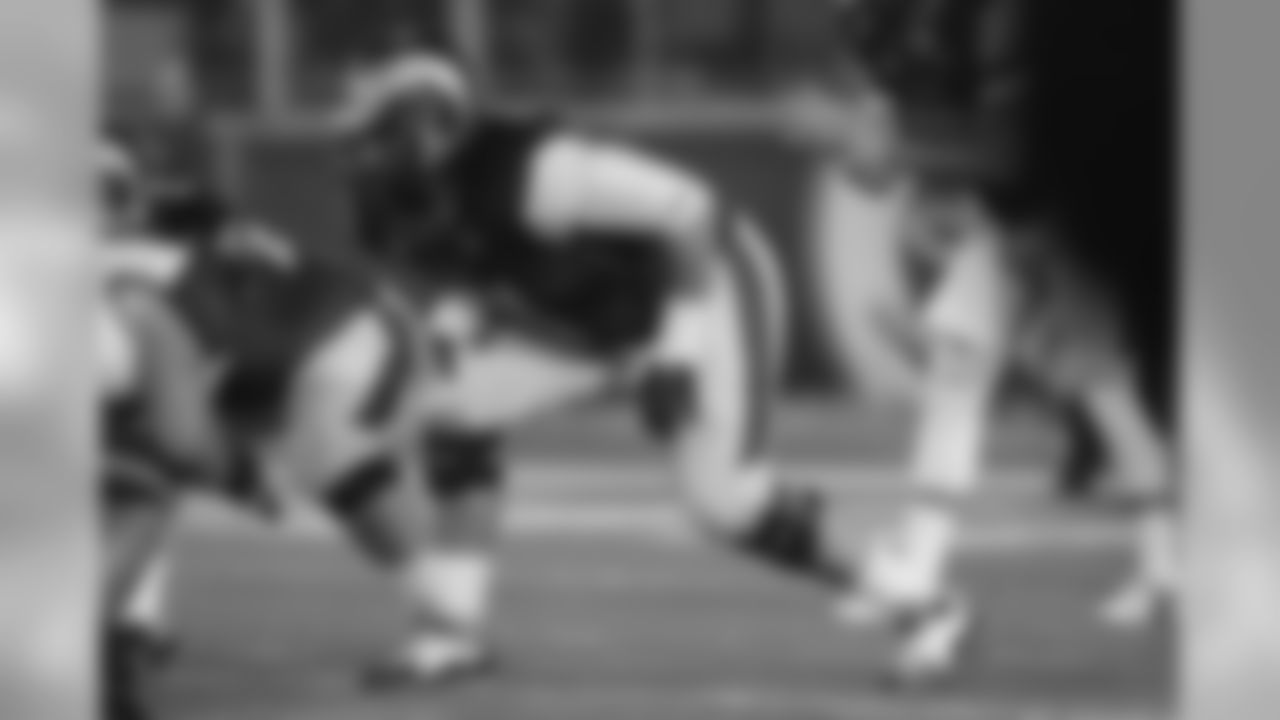
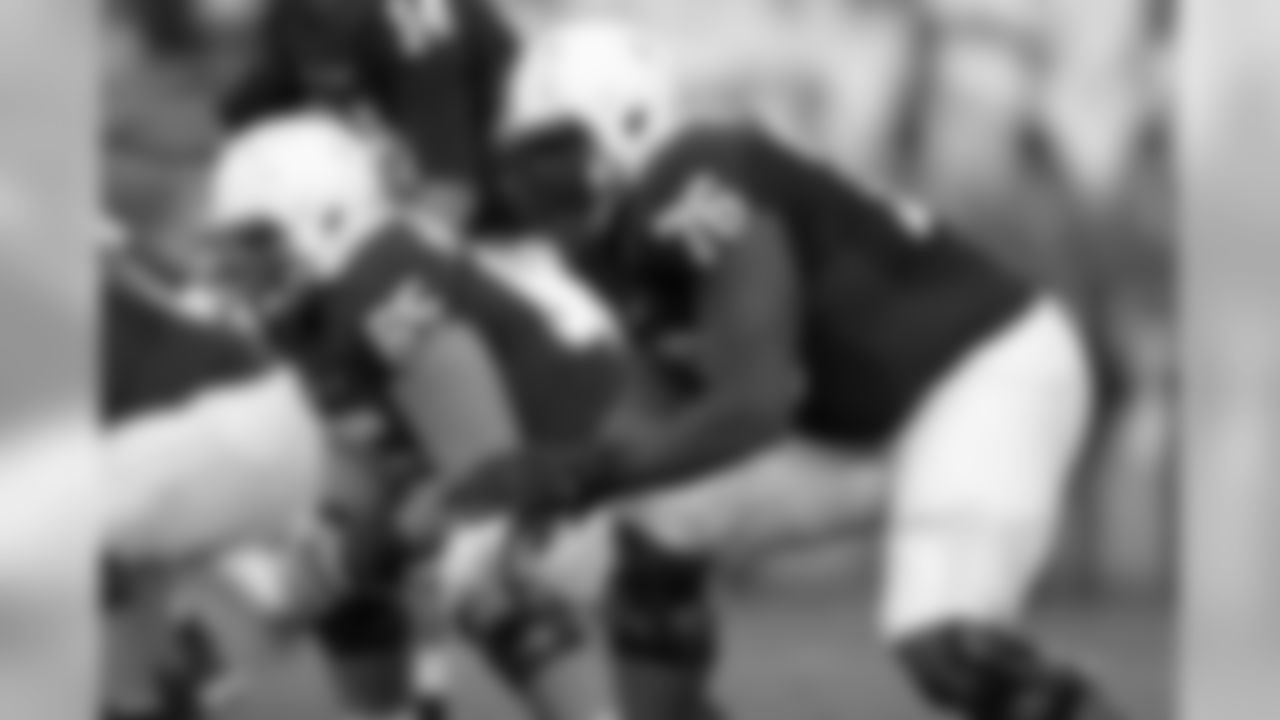
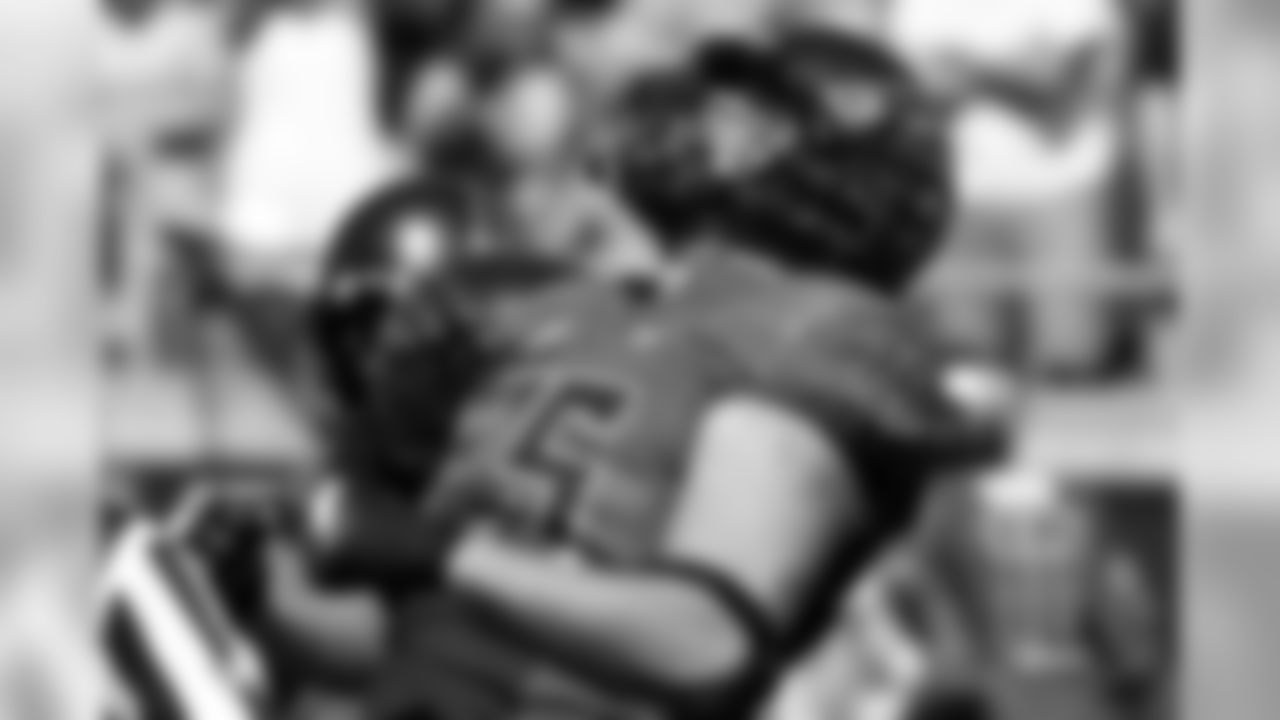
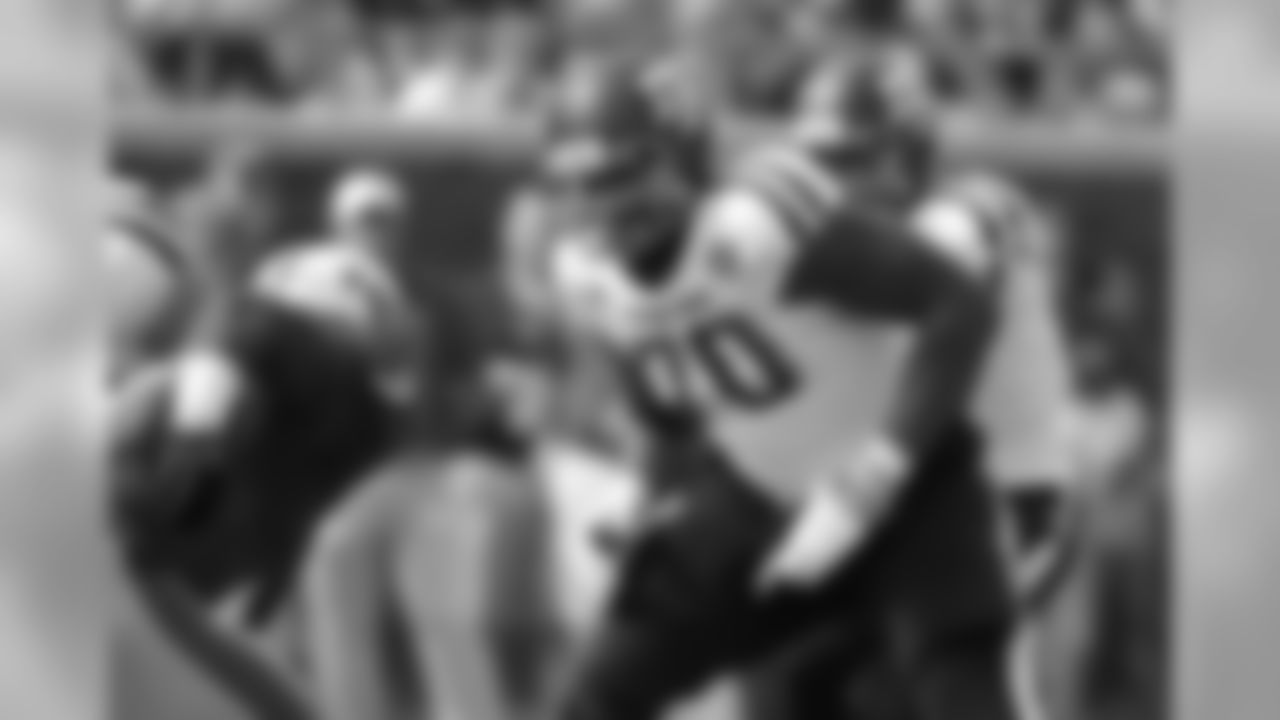
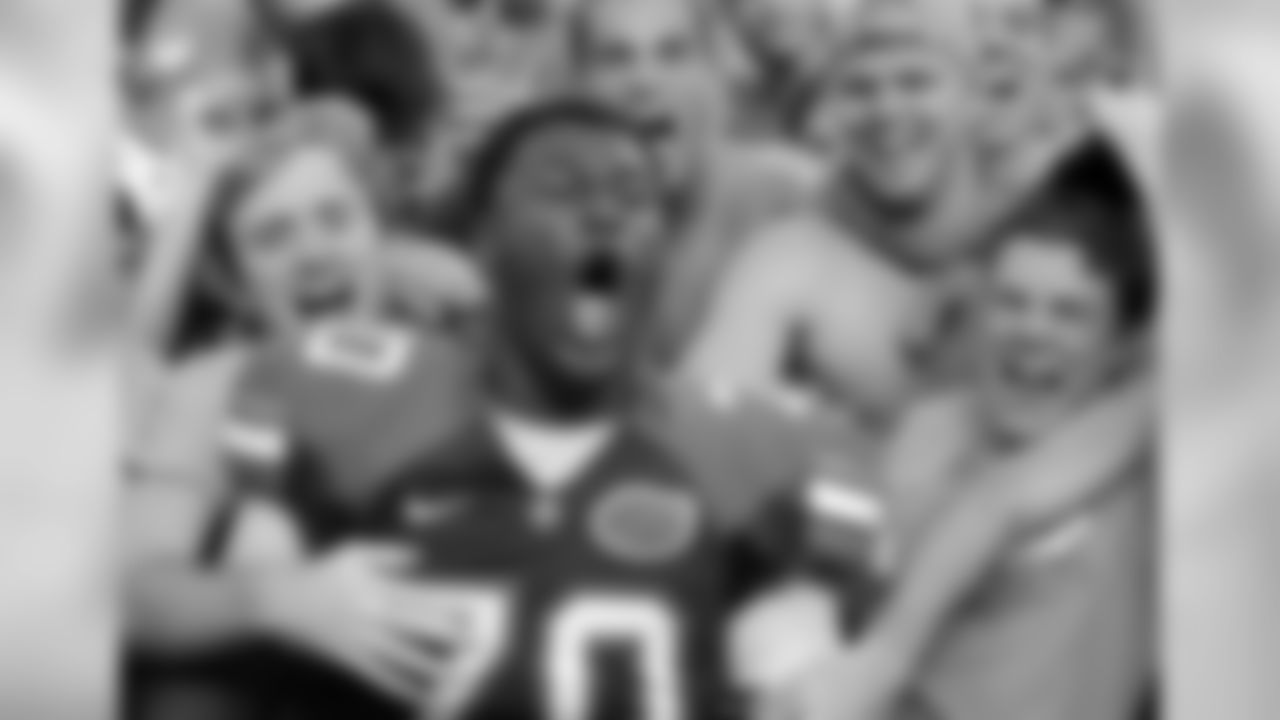
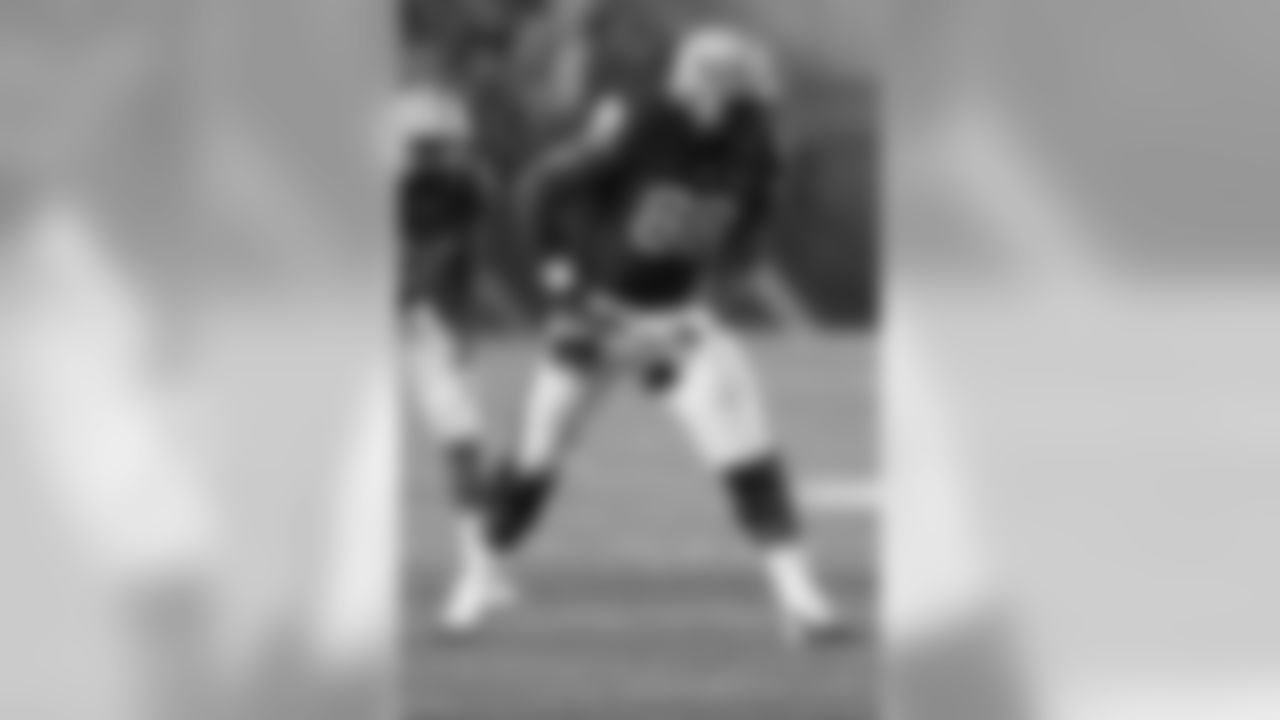
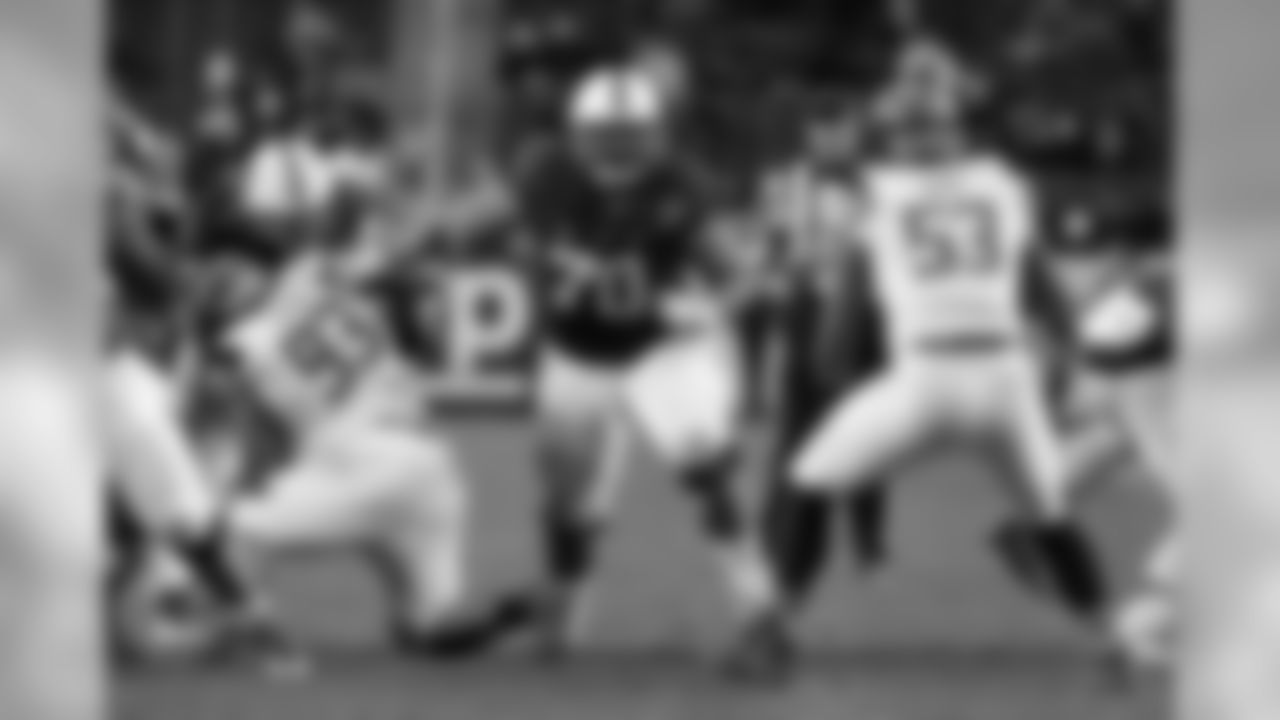
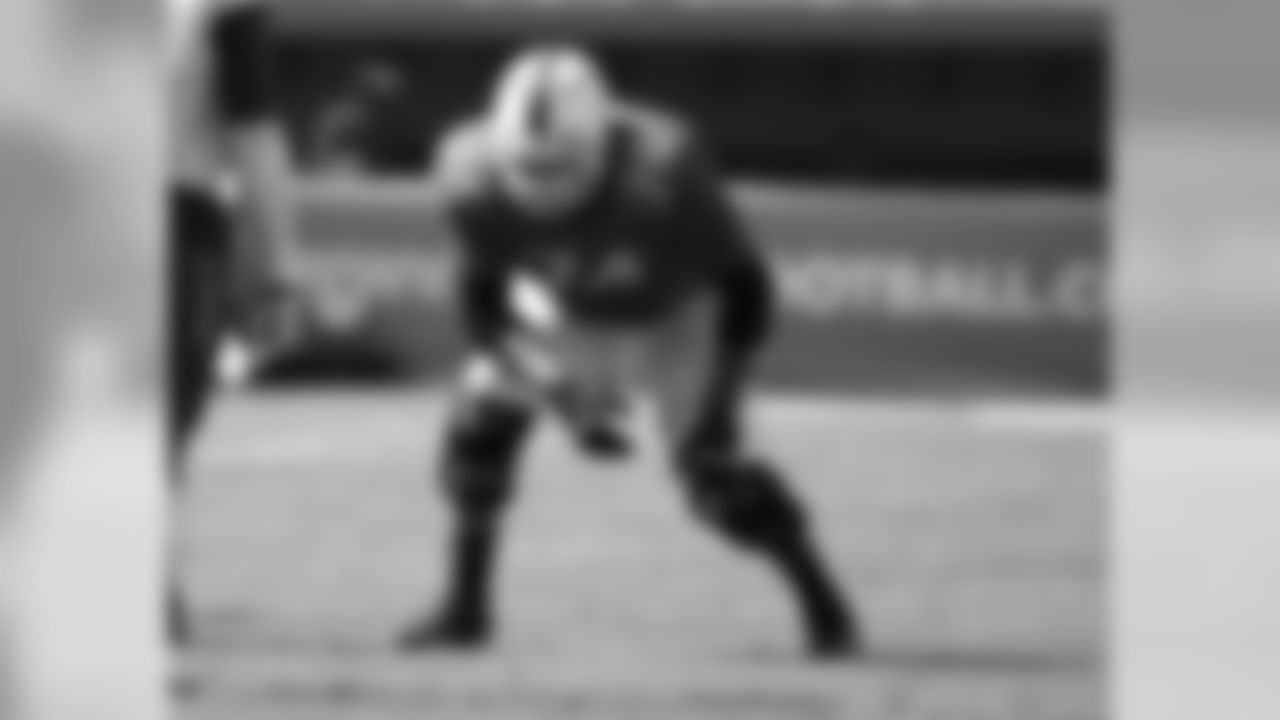
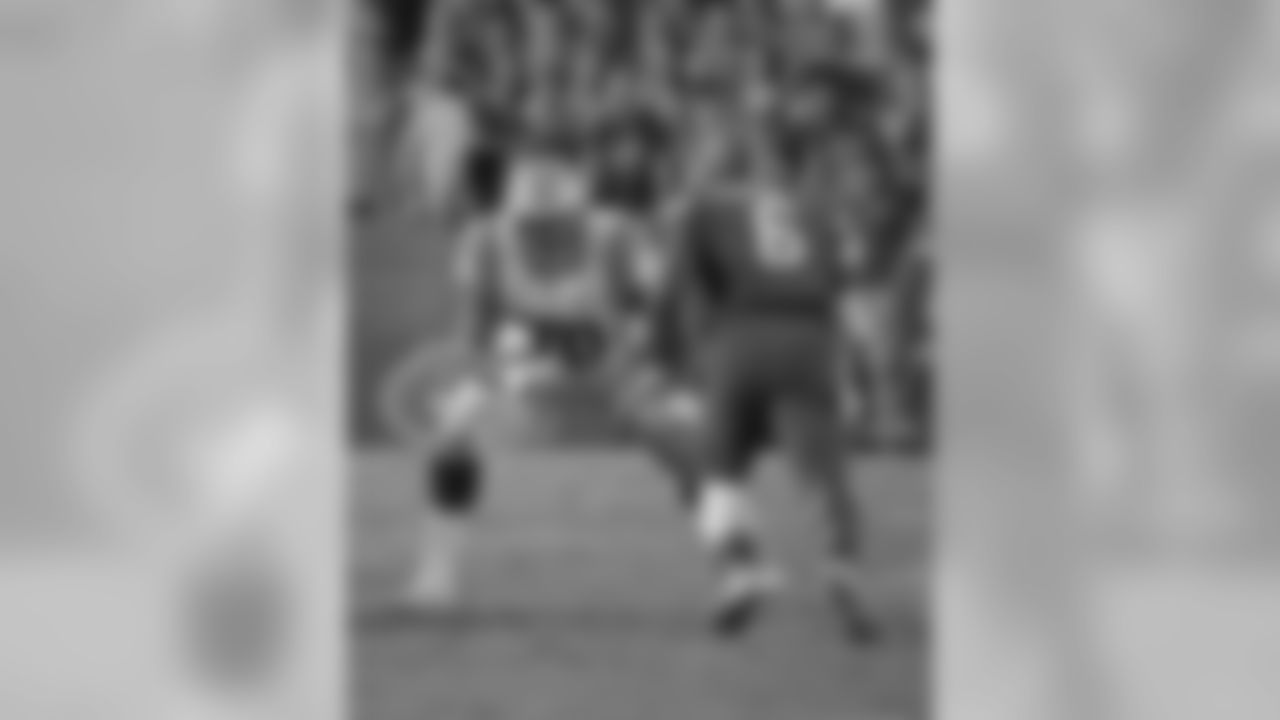
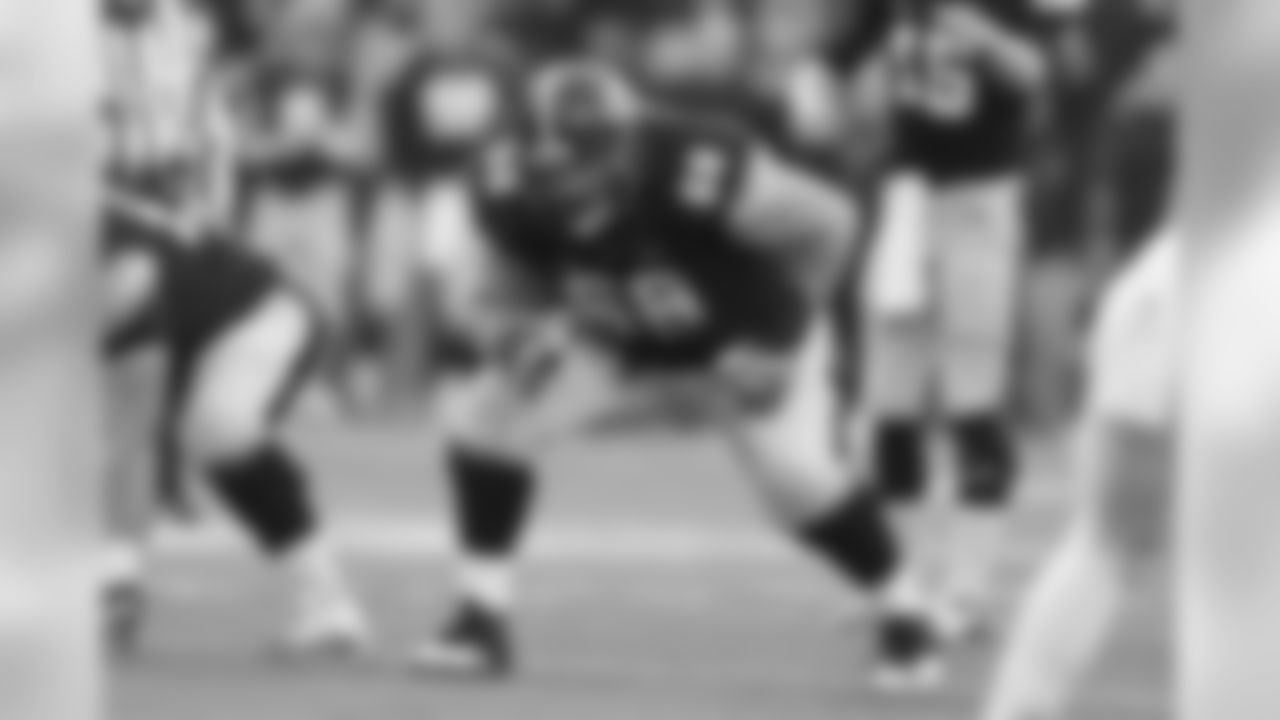
Related Links
Articles
Photos
Videos
The Tampa Bay Buccaneers, who own the first pick in the rapidly-approaching 2015 NFL Draft, are widely expected to use it on a potential franchise quarterback. If that conventional wisdom proves true, then the more interesting question might be what the team will do with its two premium picks on Day Two of the draft, #34 and #65.
There is conventional wisdom regarding these two selections, as well. Given the Buccaneers' struggles on the offensive line in 2014 and the franchise's ongoing search for a more robust pass rush, it's reasonable to believe that those two picks could be used on men in the trenches. In reality, the Bucs are probably maintaining a much wider range of options in the second and third rounds. Still, the logic is sound, so let's run with the possibility that Tampa Bay will use one or both of their second-day draft picks on offensive or defensive linemen.
If so, on which side of the line should they focus in each round? In a recent video mailbag with Buccaneers Insider Casey Phillips, I addressed a question from Andrew James Allen about this very topic. Andrew wanted to know if the team should focus its second-round attention on the offensive line or defensive line, and I suggested that the Bucs have historically found more value on the offensive side at that spot.
So, was I right? Let's take a closer look at the Bucs' picks, one round at a time. We'll also include some NFL-wide data from the last 15 drafts (2000-14) as further evidence.
**
In Round Two, the Buccaneers have made seven selections of offensive linemen through the years, beginning with guard Brett Moritz in 1978 and continuing most recently in 2007 with guard Aaron Sears.
Now, neither of those two picks worked out extremely well for the Buccaneers. Moritz played in just six games with no starts, making him one of the least successful second-round picks the team has ever made. Sears actually played quite well for two seasons but his career was soon taken over by personal issues. In between, however, the Bucs hit pretty well on guard Greg Roberts (1979),*centerRandy Grimes(1983), tackleJerry Wunsch(1997), guardCosey Coleman(2000) and tackleJeremy Trueblood* (2006). All were multi-year starters; Roberts made a huge impact as a rookie on the Bucs' first playoff team and Coleman started on the 2002 Super Bowl-winning squad. Grimes started 104 games and Trueblood 84.
Meanwhile, the Bucs have picked defensive linemen in the second round on five occasions. The first was in 1976, as the team followed its first-overall selection of Oklahoma defensive end Lee Roy Selmon with Selmon's brother, Dewey. Dewey Selmon was undersized for the line and actually played most of his five years in Tampa as a linebacker.
The Bucs' next pick of a defensive linemen in the second round was Booker Reese, the notorious bust in 1982. Tampa Bay actually traded a 1983 first-round pick on draft day in order to nab Reese at the 32nd overall spot, a regretful move as the Bethune-Cookman project would play in just 24 games with seven starts. The defending Super Bowl champs, without a first-round pick, used the last pick of the second round in 2003 on defensive end Dewayne White, who was neither a bust nor an extremely impactful player. White had 14 sacks (and a huge blocked field goal in overtime of a critical win over Atlanta in 2005) but started just 13 games over four seasons in Tampa. He would go on to start in Detroit and have back-to-back 6.5-sack seasons in 2007-08. In 2010 and 2011, the Bucs used second-round picks on defensive tackle Brian Price and defensive end Da'Quan Bowers. Neither made much of an impact.
Since 2000, there have been 13 offensive linemen drafted in the second round who went on to earn a Pro Bowl berth: tackle Marvel Smith (2000), tackle Chad Clifton (2000), tackle Matt Light (2001), center Andre Gurode (2002), center LeCharles Bentley (2002), tackle Jon Stinchcomb (2003), tackle Chris Snee (2004), tackle Michael Roos (2005), tackle Marcus McNeill (2006), tackle Andrew Whitworth (2006), center Ryan Kalil (2007), center Max Unger (2009) and tackle Zane Beadles (2010). During that same time, there have been eight defensive linemen drafted in the second round who went on to earn a Pro Bowl berth: end Kyle Vanden Bosch (2001), tackle Kris Jenkins (2001), end Aaron Schobel (2001), tackle Shaun Rogers (2001), end Osi Umenyiora (2003), end LaMarr Woodley (2007), end Calais Campbell (2008) and end Connor Barwin (2009). It's notable that half of that group all came from the same 2001 draft.
Verdict: Based on both the Buccaneers' all-time efforts in the draft and the result from around the league since 2000, the chances of hitting on a lineman in the second round are higher if one focuses on the offensive side of the ball.
**
In Round Three, the Bucs have landed on offensive linemen on just four occasions, beginning with Steve Young in 1976. No, not that Steve Young…this one was a tackle who did start for most of Tampa Bay's inaugural season on the left edge, but that was his only season with the team.
It would be 21 years before the Bucs went O-Line in the third round of the draft, but this time it worked out better with the addition of guard Frank Middleton (in 1997). Middleton would coincidentally start for the Oakland Raiders against the Buccaneers in Super Bowl XXXVII, but before that he started 48 games from 1998-2000 and helped Tampa Bay put together a strong rushing attack. The next third-round O-Lineman for the Bucs was tackle Chris Colmer in 2005; due to health reasons, Colmer never played in a single NFL game. In contrast, the most recent third-round blocker for the Buccaneers was the versatile Jeremy Zuttah, who returned good value for the 83rd overall selection. Zuttah started 76 games over six seasons in Tampa, helping out at all three interior-line positions depending upon the team's needs at the time.
The third round has yielded five defensive linemen for the Buccaneers over the years, though that group actually lost one to the other side in time. That would be Charley Hannah, who was drafted by Tampa Bay as a defensive end in 1977 but who would convert to the offensive line in 1979. Hannah started on the Bucs' O-Line for the next four seasons and followed with six more productive seasons in Oakland.
A third-round pick spent on defensive end Reggie Lewis in 1979 didn't return much value for the Buccaneers, as Lewis would play in 24 games with no starts and virtually no stats. Defensive end John Cannon, drafted in the third round three years later, worked out much better. Cannon stuck with the Bucs for nearly a decade, played in 122 games with 72 starts and produced 22 career sacks. The Bucs went after defensive tackles in the third rounds of the 1992 and 2009 drafts, taking Mark Wheeler and Roy Miller, respectively. In both cases, they got solid starters who gave the team four seasons but not too much in the way of a pass rush.
Since 2000, there have been six offensive linemen drafted in the third round who went on to earn a Pro Bowl berth: tackle Wade Smith (2003), center Nick Hardwick (2004), guard Evan Mathis (2005), center Richie Incognito (2005), tackle Marshal Yanda (2007) and guard Louis Vasquez (2009). During that same time, there have also been six defensive linemen drafted in the third round who went on to earn a Pro Bowl berth: end Derrick Burgess (2001), tackle Darnell Dockett (2004), tackle Randy Starks (2004), end Justin Tuck (2005), end Jason Hatcher (2006), end Justin Houston (2011).
Verdict: This one is a lot closer, both in terms of the Bucs' efforts and the last decade-and-a-half of overall NFL drafts. Tampa Bay's picks on the offensive line have been hit-and-miss, while the defensive line attempts have been relatively solid but not spectacular in terms of the pass-rush. The NFL drafts have produced the same number of Pro Bowlers on both sides of the trenches, though the D-Line group does include a couple legitimate pass-rushers. That last point swings the decision in the favor of the defensive line. If the Bucs do choose to use their #34 and #65 picks on a pair of linemen, it just might work to go O-Line first and D-Line second.






